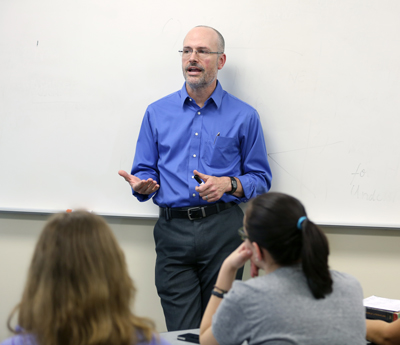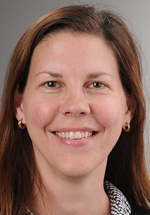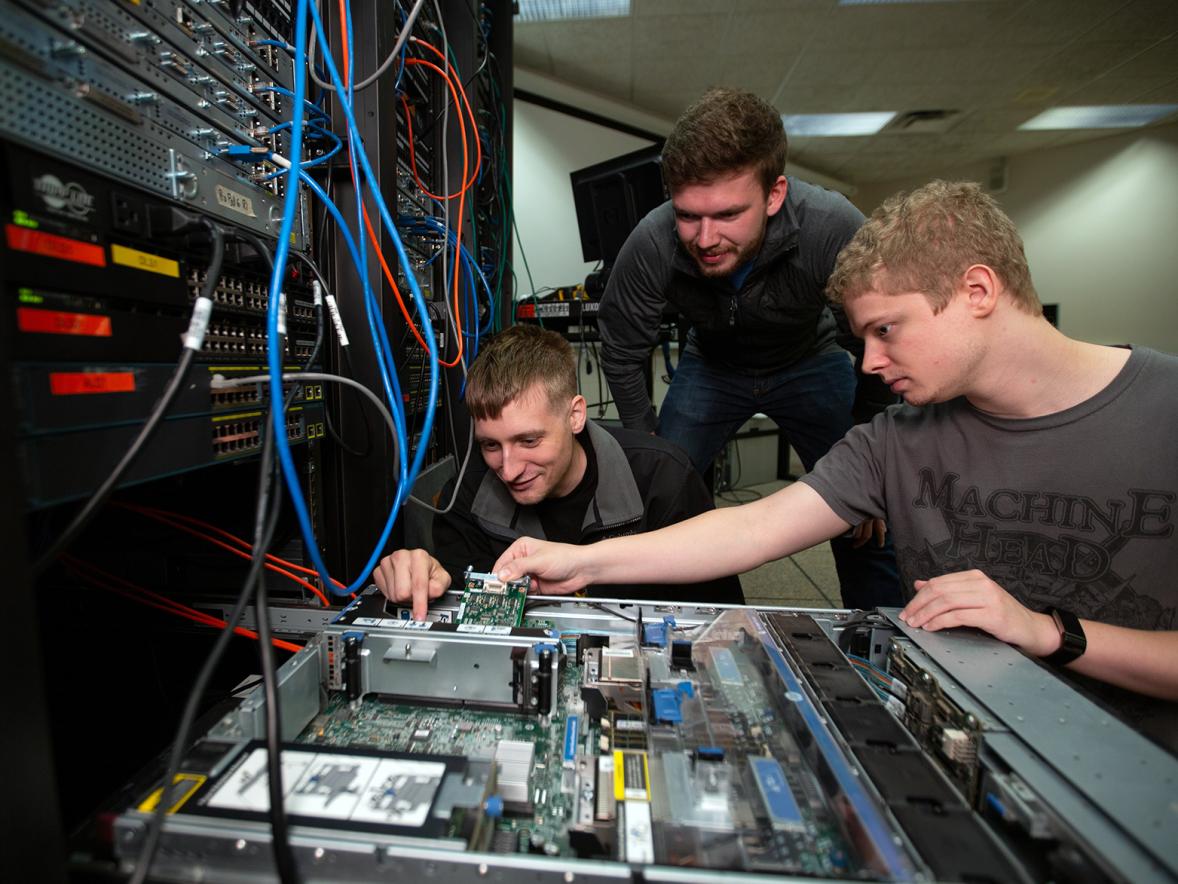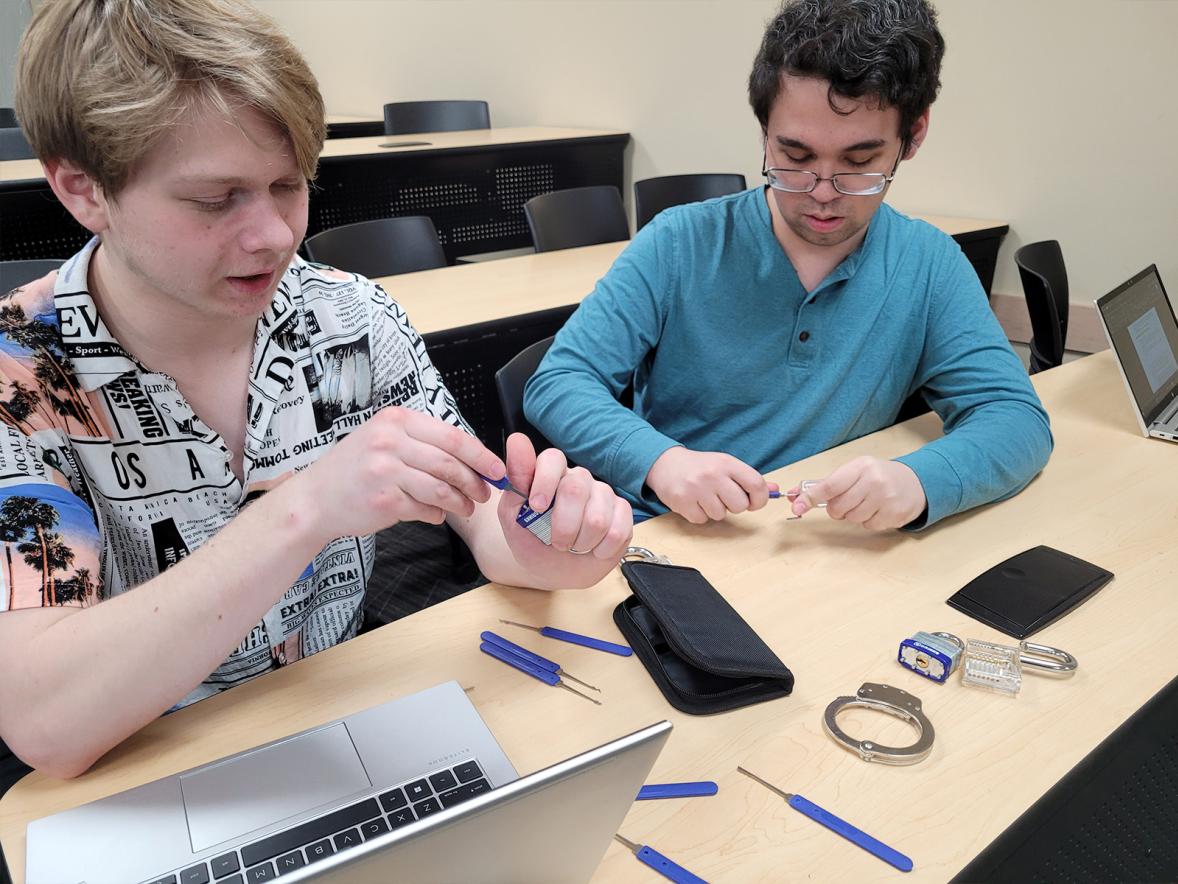In most university undergraduate programs, a senior capstone course is the traditional way for students and their professors to assess what students have learned in four years of working on a bachelor's degree.
A UW-Stout undergraduate program is having success using another tool: A required student portfolio.
 In the professional communication and emerging media program, students build market portfolios throughout their careers with guidance from the university. When they graduate, they not only have a record of what they've accomplished but they can use it to help them land a job.
In the professional communication and emerging media program, students build market portfolios throughout their careers with guidance from the university. When they graduate, they not only have a record of what they've accomplished but they can use it to help them land a job.
In addition, professors use the portfolios as a program assessment tool, both as a periodic benchmark and as a final accounting of sorts.
The portfolio initiative is why the PCEM program will be honored Thursday, Sept. 25, in Colorado Springs, Colo., with an Award for Excellence in Program Assessment by the Council for Programs in Technical and Scientific Communication.
UW-Stout was nominated for the award by a member of the PCEM professional advisory board who teaches at Texas Tech University.
Accepting the award will be PCEM program director Matt Livesey, an associate professor, and Julie Watts, associate professor and director of the master's program in technical and professional communication.
 Livesey credits Watts with initiating the portfolio idea, which has thrived. "It really is the center of our entire assessment model," Livesey said. "It's the key to seeing if we're delivering the program objectives."
Livesey credits Watts with initiating the portfolio idea, which has thrived. "It really is the center of our entire assessment model," Livesey said. "It's the key to seeing if we're delivering the program objectives."
More importantly, the portfolios and the program itself are resonating with employers.
The PCEM program, previously known as the technical communication major, was revised in 2010. Part of the revision included adding the student portfolios. Since then the program has grown from 45 students to 150, and graduates have had a 100 percent employment rate every year.
"Companies understand technology and old-fashioned communication skills. This program is a way to bring those two things together," Livesey said. "We're at the intersection of technology and communication. It's why our students get hired."
The PCEM program has concentrations in applied communication (online), applied journalism, digital humanities and technical communication. Students are prepared to work as technical writers, editors, journalists and Web content managers or in humanities computing.
###
Photos
Matt Livesey teaches a class Thursday, Sept. 18, in the Robert S. Swanson Library and Learning Center.
Julie Watts







